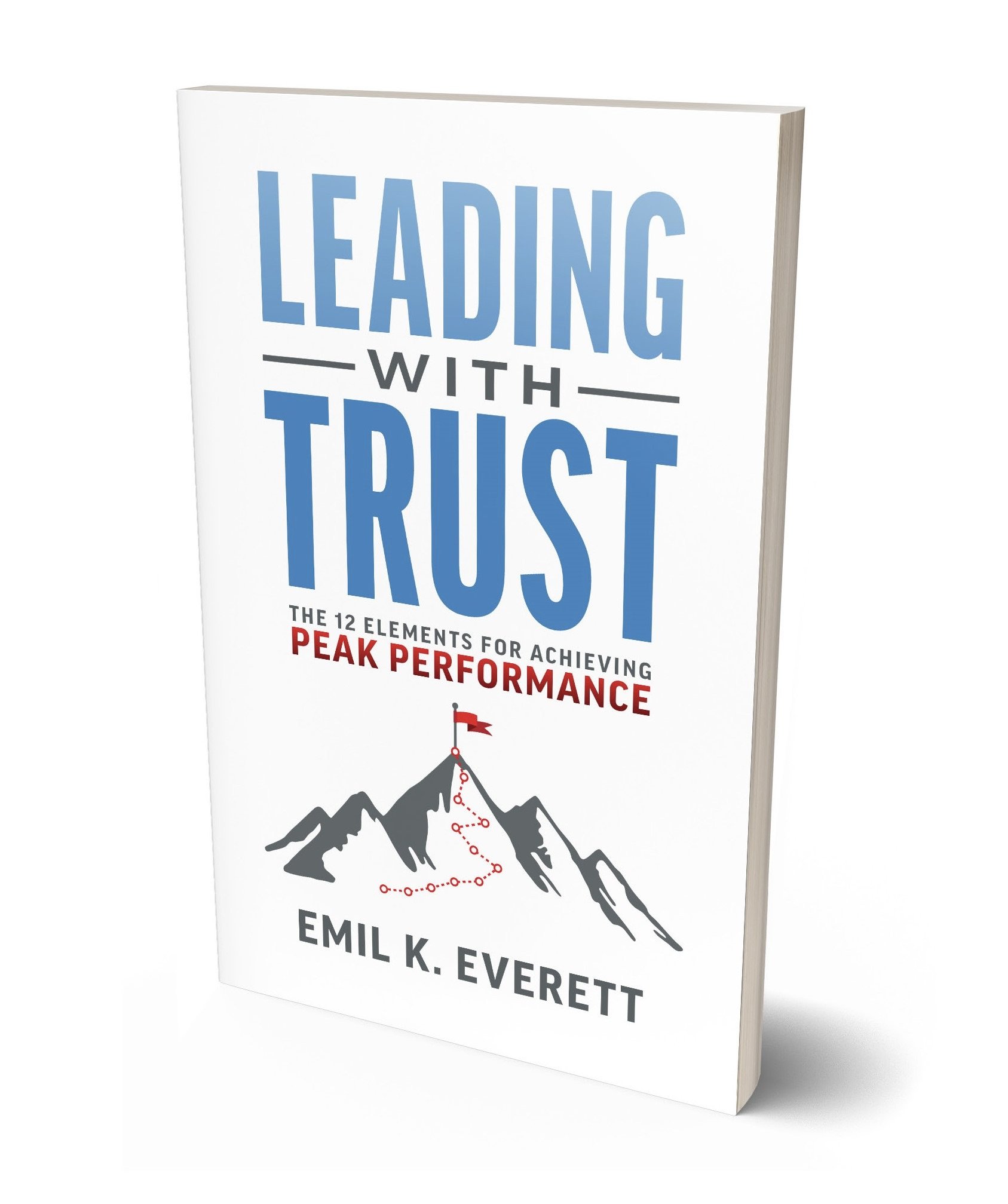Performance Improvement Plan: Make It a Success
A Performance Improvement Plan (PIP) is a structured and supportive framework that addresses and improves an employee’s performance when it falls short of organizational expectations. The purpose of a PIP is not just to identify areas where an employee is struggling but to provide a clear, actionable pathway for improvement, fostering the employee’s development and success within the company. This article outlines the critical components of implementing a PIP, from initial communication to monitoring progress, and provides a comprehensive strategy for ensuring its effectiveness.
Before initiating a PIP, it’s essential for the manager to thoroughly review the employee’s performance issues, gather relevant documentation, and ensure a clear understanding of the PIP’s objectives. A private, face-to-face meeting is then scheduled to introduce the PIP to the employee. This initial meeting is crucial for setting the tone of the process. The manager begins by clearly articulating the reasons for the PIP and explaining the overall goals. The conversation should be supportive, emphasizing the company’s commitment to the employee’s success. The PIP document is presented in detail, outlining specific performance issues, goals, action steps, timelines, and evaluation criteria. The manager encourages employees to ask questions, seek clarification, and express concerns. This dialogue ensures the employee fully understands the plan and is engaged. The meeting concludes with the employee signing the PIP, acknowledging their understanding and agreement to the terms.
Ongoing communication is a cornerstone of a successful PIP. Regular check-ins are scheduled, typically weekly or bi-weekly, to review the employee’s progress, provide feedback, and discuss any challenges. These meetings are consistent and structured, each focusing on specific aspects of the employee’s performance and the goals outlined in the PIP. The manager uses these check-ins to offer constructive feedback, balancing any necessary criticism with positive reinforcement. This approach helps to maintain the employee’s motivation and focus on improvement. Additionally, the manager provides straightforward, actionable advice during these meetings, ensuring the employee knows what steps to take next. All discussions during these check-ins are documented, creating a clear record of progress and any adjustments made to the plan.
Support and resources play a vital role in the success of a PIP. The employee must be aware of what needs to change and equipped with the tools and resources necessary to make those changes. This might include additional training, access to relevant materials, or even mentorship. The manager should ensure that the employee has everything they need to succeed and should encourage the employee to communicate openly about any additional support they might require. An open-door policy is recommended, where the employee feels comfortable reaching out for help or clarification at any point during the PIP process.
Formal reviews are conducted at key milestones throughout the PIP timeline. These interim reviews are opportunities to assess the employee’s progress more formally and make any necessary adjustments to the plan. If the employee is on track, the review can serve as positive reinforcement; if not, it provides a moment to recalibrate the strategy and ensure the employee has what they need to improve. A comprehensive final review is conducted at the end of the PIP period. This review thoroughly evaluates the employee’s performance against all the goals and criteria set out in the PIP. A final meeting is held to discuss the outcomes of the PIP. The conversation is honest and direct, providing detailed feedback on progress and discussing the next steps. These next steps could include the successful completion of the PIP, an extension of the PIP if more time is needed, or, in some cases, reassignment or further disciplinary action if the performance issues have not been resolved.
Documentation and follow-up are essential components of the PIP process. Throughout the PIP, the manager maintains detailed records of all meetings, feedback, and assessments. This documentation ensures transparency and a clear record of the employee’s journey through the PIP. After the PIP period concludes, it’s essential to continue monitoring the employee’s performance to ensure that the improvements are sustained. Ongoing support should help the employee maintain their progress and continue developing.
A Performance Improvement Plan is a constructive tool designed to help employees overcome performance challenges and succeed. By following a structured communication strategy, from the initial meeting to the final evaluation and follow-up, the PIP process can effectively guide employees toward improvement, benefiting both the individual and the organization. The PIP should be viewed not as a punitive measure but as an opportunity for growth and development. It provides a clear path for employees to enhance their skills, meet expectations, and contribute positively to the company’s success.

